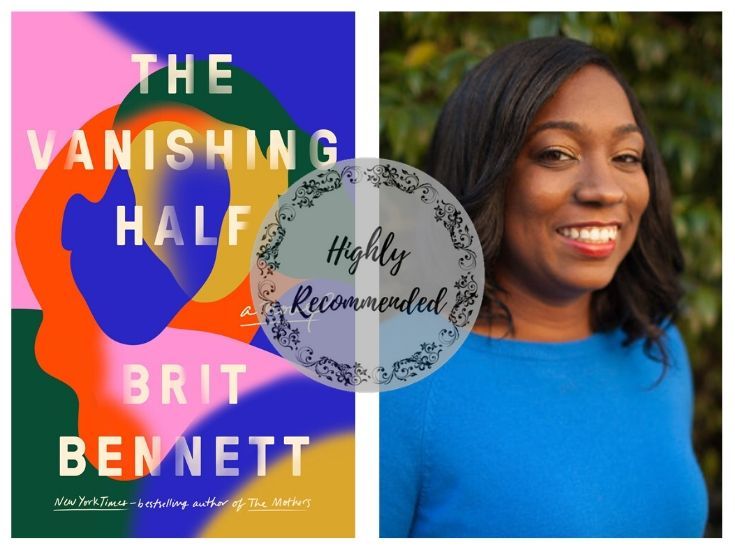
“You can escape a town, but you cannot escape blood. Somehow, the Vignes twins believed themselves capable of both.”
The Vanishing Half by Brit Bennett
The 16 year-old Vignes twins disappeared from their small Louisiana town in the night after the Founders Day Dance in 1954, and Brit Bennet’s brilliant new book The Vanishing Half opens on the day fourteen years later when one of them has returned. The talk of the town was that she had in tow a very black young girl. Their town had been started in 1848 as a haven for light-skinned African Americans and the residents still believed that lighter-skinned people were superior to those with darker skin. It had always been thus in Mallard, Louisiana. Desiree, the twin who had always been known as the trouble maker and her dark-skinned daughter, end up staying and making their lives in Mallard. Her twin sister Stella seems to have vanished from the face of the earth but not as a topic of conversation in Mallard. What no one knows, neither new friends nor family in Louisiana or California, is that Stella married her white boss and lives her life with him and their daughter passing as a white person in California in a wealthy (white) suburb and is in constant fear of being found out. Years later, the twins’ daughters meet and have questions that finally must be answered.
I was interested in this story of family and race partly because Gail Lukasic, a friend and Cook Library patron wrote a book several years ago about her mother who had story similar to that of Stella. Gail’s book, White Like Me–My Family’s Story of Race and Racial Passing, is nonfiction and since her mother never spoke about her own past and insisted that Gail keep her secret when she accidentally discovered it, Gail and all readers of her book had to imagine what it must have been like to leave your family, your race and culture to live a life as a completely different person in a society hostile to your old self. Readers of The Vanishing Half come to understand what a potentially dangerous and frightening thing it was to ‘pass’ in the middle part of the 20th century–even in a more liberal California. (Cook Library has copies of Gail’s book for those who might be interested in a real-life story of a woman ‘passing’ in America.)
The Vanishing Half was a thought-provoking story that asks readers to consider how the twins’ decisions affect not only themselves but their families and communities in the context of our racially sensitive society both then and now. The characters are fully realized, even the minor ones come to life on the page. I think it would be a excellent book for book discussions. It would also be a good choice for older teens. Highly recommended.
Categories: Books and More
